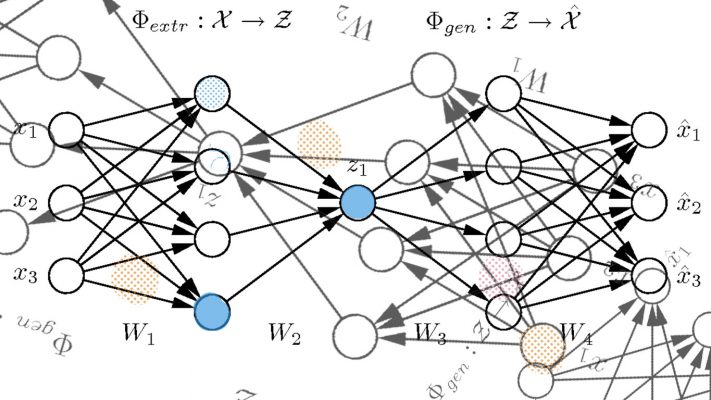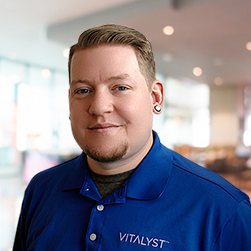Late last year, Microsoft announced Project Cortex, a new service that uses artificial intelligence (AI) to provide you with insights and expertise right in the Microsoft 365 apps you use every day.
Cortex has the potential to propel employees and organizations forward, toward a better way of working, collaborating, learning, and innovating.
Here’s how it works:
Project Cortex uses AI to organize and optimize your company’s structured and unstructured content, including information that’s created and shared in Microsoft 365. Using image and text recognition, forms processing, machine teaching, and advanced topic mining logic, Cortex recognizes content types, extracts important information,
automatically tags it, and categorizes it into topics.
When Cortex detects a topic, a topic card will appear automatically in Outlook, Word, SharePoint, Microsoft Teams, and in Microsoft Search results. Topic cards include a description, experts, resources, and other information about the subject.
Topics will be included on peoplecards throughout Microsoft 365, making it easy to identify who’s contributing to which project within the company. In addition, Cortex will automatically ask you to add topics to your people cards based on your current projects.
If you want to dig deeper into information included on people cards and topic cards, you can use topic pages, which Cortex builds automatically from your company’s content. A knowledge center serves as the hub for all this information—it provides you with a customized view of relevant knowledge in your organization, including trending topics,
open questions, and more.
But for Project Cortex to deliver on its promises, organizations need a solid adoption strategy and employees must be receptive to AI and the significant ways it will change the nature of work.
In a 2019 report about automation and AI, the Brookings Institution outlines ways employees and organizations can maximize the benefits of automation and AI while sidestepping possible pitfalls.
For Project Cortex, workers should pay special attention to two of the report’s recommendations:
- Embrace growth and technology. People naturally resist change—it’s innate—but there are ways to resist the impulse. Go beyond the “robots-are-taking-all-the-jobs” angle to gain a deeper understanding of automation and AI technology. Yes, the technology will eliminate some jobs and radically change others, but it will also create new—and possibly more rewarding—ones. Embracing technological change can make you more employable. Flexibility can help you keep your job or enable you to effortlessly switch to another role.
- Adopt a constant learning mindset. Learning is key to embracing change. Not only do you benefit from training, but your company also sees rewards in terms of increased productivity.1 Still, according to numerous surveys, businesses today are less likely than in the past to offer on-the-job training or financial support for upskilling.
If that’s the case in your organization, you will need to take a more assertive approach. Find out when Cortex will be rolling out. Ask if your company will be providing training
and other support resources, and sign up promptly. Ask colleagues how they are
preparing for it.
Project Cortex is still in preview, and Microsoft
says it will be available in the first half of 2020. Still, that’s no reason to
wait. Frequent, significant change is now the norm—it’s time to start working
on your ability to master it and use it to create successful outcomes.
Photo: Designed by starline/Freepik
1. Popular opinion is that training primarily benefits employees. However, according to numerous studies cited in the Brookings report, companies often see a return on training investment through increased productivity. Still, the report notes, businesses today are less likely than in the past to offer on-the-job training or financial support for upskilling. See “Automation and AI will disrupt the American labor force. Here’s how we can protect workers,” by Robert Maxim and Robert Muro, Feb. 25, 2019, Brookings Institution, accessed 2/14/2020.











